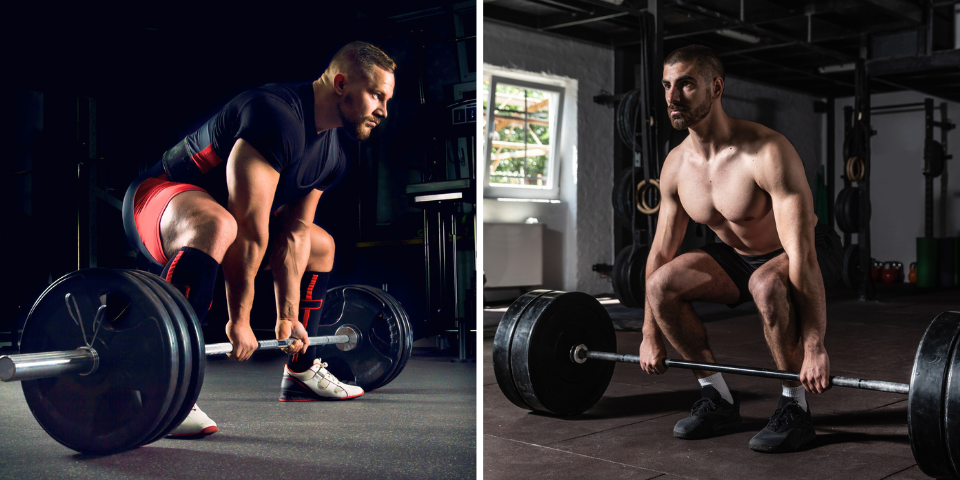By Leo Shveyd, Co-Owner of Advanced Wellness
Each of these topics deserve their own blog post. That being said, I thought I would be remiss if I didn’t at least mention them here.
Electrical Stimulation
Electrical stimulation uses electrodes that are connected to or around the injured site and powered by an electrical stimulation machine. This produces regional muscle contractions and promotes blood cycling. The benefit of this technique is that after placing the electrodes on your body and turning on the machine, this approach requires very little physical effort. That is why I refer to compression, elevation and electrical stimulation as “lazy person movements”.
Immobilization of Injuries
Once we understand the power of movement (both appropriate and lazy person’s), we can’t help to understand the ineffectiveness and inefficiency, as well as the detriment of immobilization in most cases with no further interventions. Of course, bracing, casting and immobilization can help with broken bones, be used as means of off-loading weight from a painful site, protect an area from being hit or bumped and help avoid painful movements. However, immobilization and rest can make a bad problem worse. We have to do better!

Cryotherapy: Using Ice-Baths as a Stressor
Cryotherapy, using ice/cold to provide stress, perhaps a mental one, is perfectly acceptable. Please don’t do this though while in an “injured state” or immediately after an athletic endeavor, with the hopes of improving healing, recovery and/or athletic performance, respectively. Keep your training and cryotherapy session as far apart from each other as possible. The current line of thinking in the industry is to provide at least 1 hour between the respective sessions. So, with cold water immersion: do it for mental training but put it far away from athletic training. And again, don’t use it for healing or recovery.
Blood Flow Restriction (BFR) Training
Blood flow restriction (BFR) training is done using elastic bands that partially restrict the blood from the limbs back to the heart. BFR training causes the muscles to contract harder to pump the blood back to the heart, stimulating the lymphatic drainage system. While I am by no means an expert in BFR, it makes sense as to why it would accelerate healing and allow you to get in some seemingly low intensity sessions as a means of healing and/or recovery while unable to train due to injury.
Using Anti-Inflammatory Drugs to Promote Healing

Lastly, anti-inflammatory drugs are a bigger problem than ice. While ice works on the local tissue where it is applied, anti-inflammatories impact the entire system (e.g. organs, etc.). Do they have a place? Sure, but people pop them like candy without understanding the consequences to their body, healing, recovery and athletic performance. (Moreover, most people are unaware of turmeric and other natural remedies, and their anti-inflammatory properties. When taken in the appropriate dosage along with black pepper and a fat soluble, studies show that turmeric is as effective as pharmaceutical drugs at addressing inflammation…without the side effects.)
Summary of Injury Healing Options Other than Ice
1. Appropriate Movement (isometric unloaded to loaded, utilizing three planes of movement)
a. Unloaded Movement
b. Loaded Isometric Movement
2. Lazy Person’s Movement
a. Electrical Stimulation
b. Blood Flow Restriction
c. 2 Minute Compression
d. Heat
e. Elevation
f. Correct Combinations of 2b., c., d., and e. above.










Leave a Comment